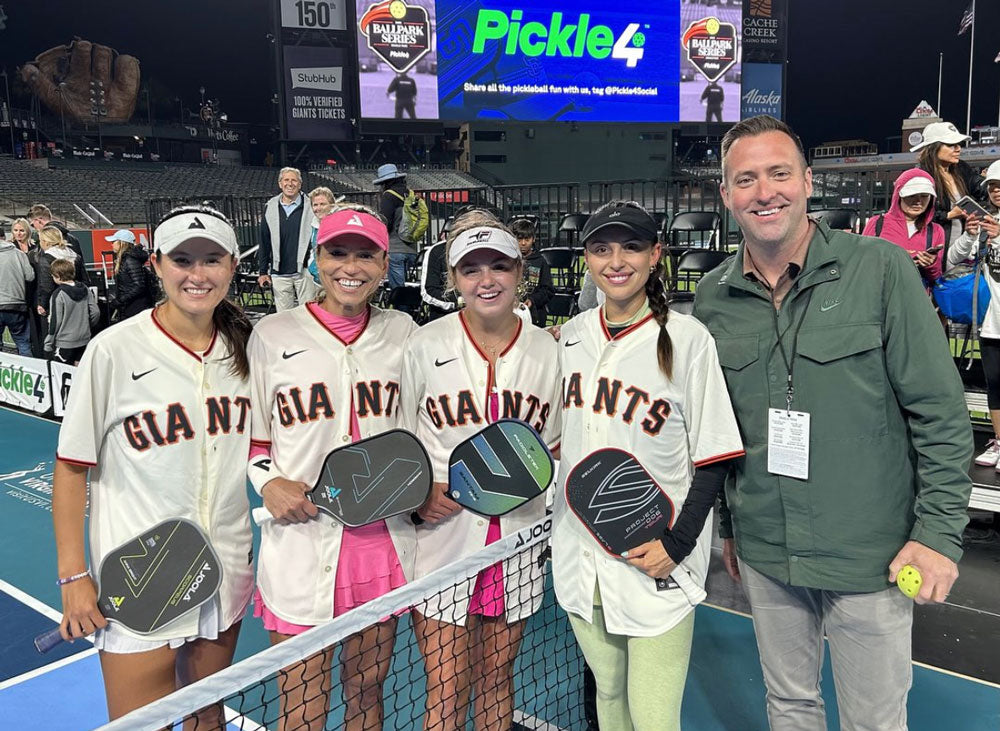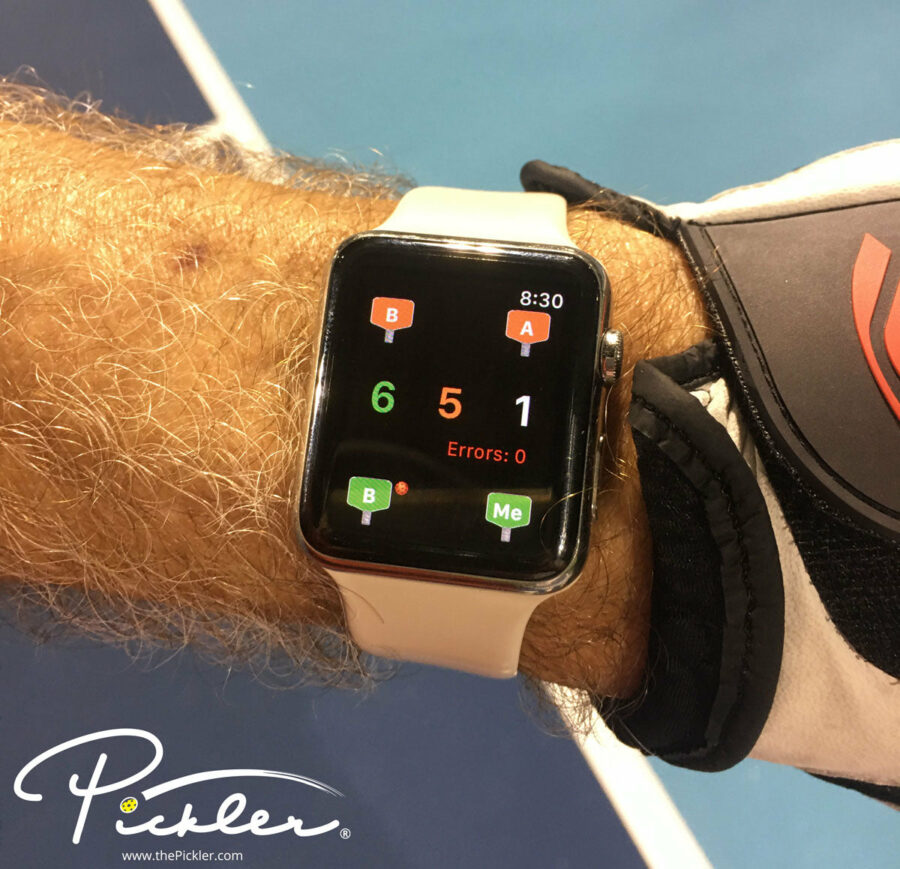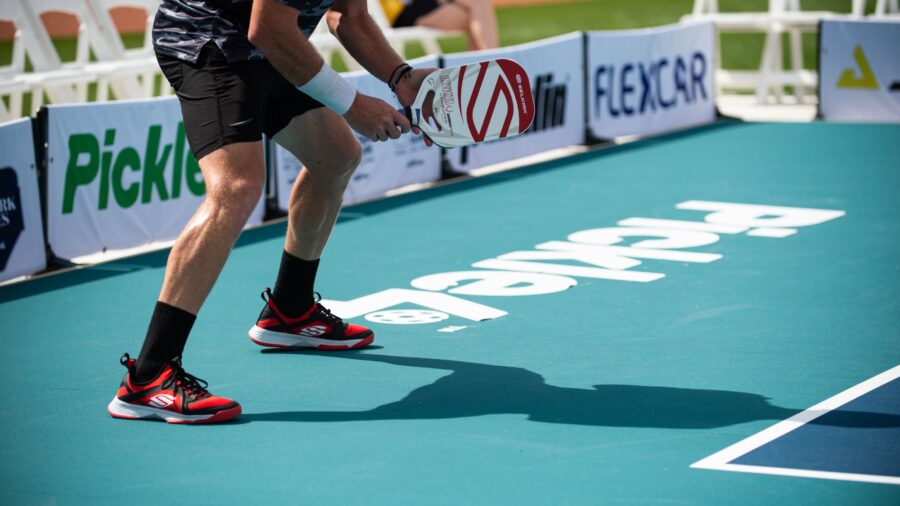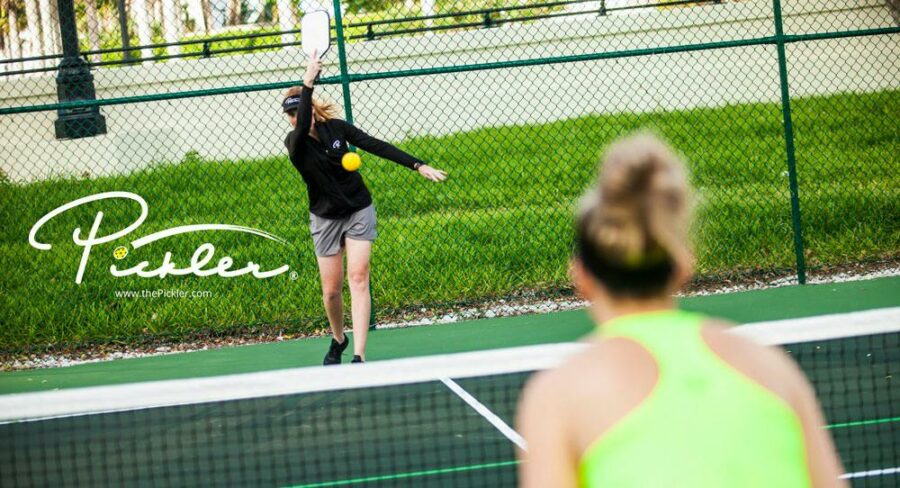On Friday, July 21st, the United States Women’s National Soccer Team took to the world stage with game 1 of group play at the 2023 FIFA Women’s World Cup. On this same date/time, Pickle4 broadcasted the second event of its inaugural Ballpark Series™ at Oracle Park in San Francisco, California, which featured both an amateur pickleball tournament and an all-women’s professional player event (headlining the professional event included world #1 Anna Leigh Waters).
With the overlapping air time, and overlapping “girl power” across the pitch and court, it is hard not to consider potential comparisons or contrasts between the two sports. Obviously, soccer (or football) is way beyond the sport of pickleball in terms of reach, engagement, participation, etc. in both the United States and across the world. Soccer/football was first modernized in 1863 in England, which is a whopping 102 years ahead of the sport of pickleball. So, the sport of soccer/football had a much longer runway to grow and develop. However, there may be one aspect where pickleball has an advantage in its youth—parity in pay between male and female athletes (although, notably, a markedly lower dollar amounts than other more established sports).
According to a new CNN analysis, players at the 2023 FIFA Women’s World Cup will, on average, “earn just 25 cents for every dollar earned by men at their World Cup last year.” This is a marked improvement over the previous FIFA Women’s World Cup in 2019, which saw an average of less than 8 cents for every dollar earn by their male counterparts. Looking at the top earners in the sport for each gender, Alex Morgan and Megan Rapinoe—the highest paid women soccer players—earned about $5.7 million each in 2022 (including endorsements and other revenue streams). By comparison, the highest paid men soccer player, Cristiano Ronaldo, earned about $136 million in 2022 (including endorsements and other revenue streams).
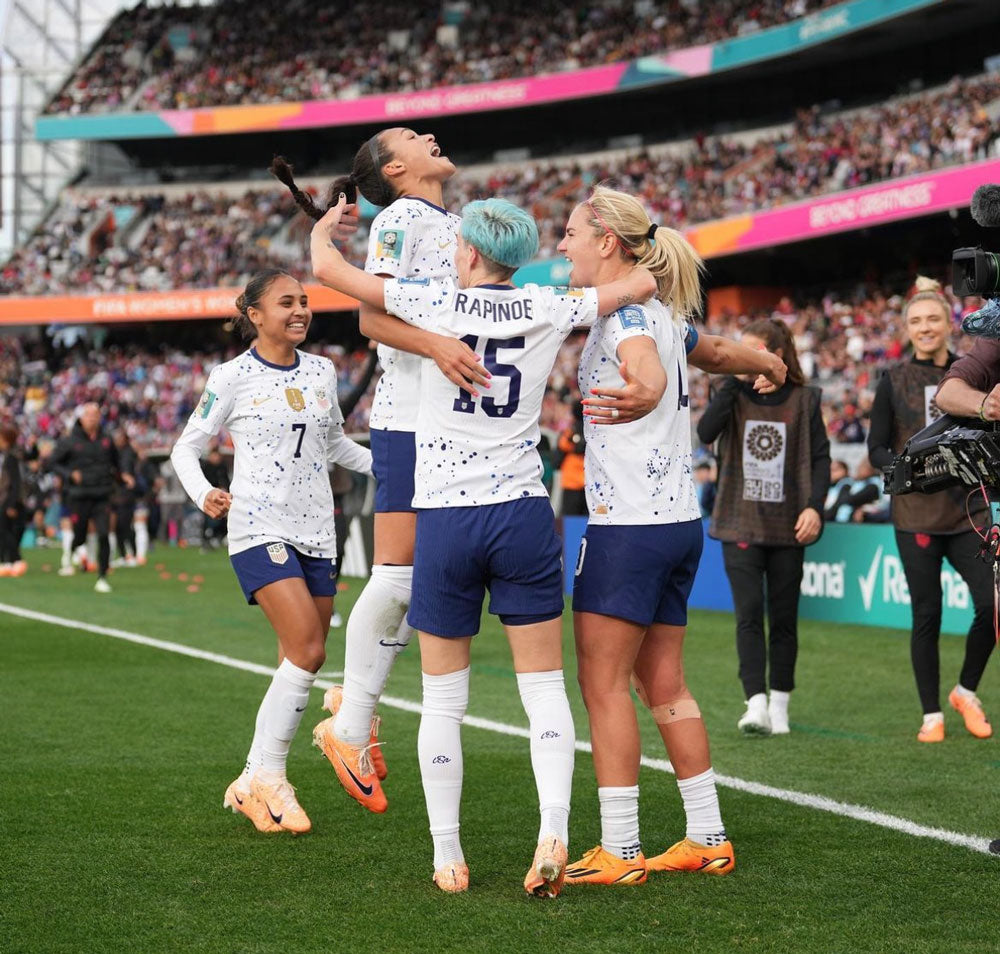
This gender pay disparity has been rooted in history. Notably, the birthplace of modern soccer had a note its minute books in 1921 that deemed the sport “quite unsuitable for females.” Women were not even allowed to play in the English Football Association clubs until 1971. This long history of favoring male participants has likely led to established disparities in funding, facilities, and resources between genders. These historical imbalances continue to influence the present-day pay gap. Times have changed, but it takes time to change.
By contrast, pro pickleball has really come to life in the last decade. Given the culture and time that pro pickleball has spouted—and the unique characteristics of the sport that allow genders to compete on the same court (in other words, mixed doubles)—pickleball has provided equal prize money to male and female athletes “from the jump.” In most pickleball tournaments, the winners of men’s doubles, women’s doubles, and mixed doubles have equal prize money. Anecdotally, male and female pickleball players also seemingly have similar access to sponsorships and media coverage (although, there are no specific numbers to confirm this). In fact, we would even venture to say that women’s doubles is one of the favorite events for fans, as women’s doubles frequently features more fast-paced hands battles at the Kitchen line with less long dink rallies. And, one of the most recognizable professional pickleball players in the world is a young female in Anna Leigh Waters.
Pickleball is certainly unique in having this gender pay parity at the pro level, which many other sports—like soccer/football—do not. With that said, there are still aspects of the sport of pickleball that can still benefit from more gender parity. For instance, male pickleball players frequently outnumber female pickleball players the competitive landscape, as more males compete in pickleball tournaments at both the amateur and professional level. More men “have a seat at the table” in the organizations in and around the sport of pickleball and that are influencing the trajectory of the game. Specifically, most pickleball paddle manufacturers (including the most well-known companies) are owned and/or run by men. Further, the national governing body, major pickleball tours and leagues, and certain pickleball-focused media outlets are also largely owned by men and/or run with their top executives being men. Women are trailing when it comes to coverage on the court and in the business realm.
Efforts are being made by athletes, advocates, and organizations to address gender disparity in all sports, including pickleball. Achieving full equity in sports remains an ongoing challenge that requires continued advocacy and structural changes within the sports industry. But, we love to see pickleball starting off “on the right foot,” as well as organizations like Pickle4 continuing to promote women’s sports—in particular, women’s pickleball—with its all-female showcase.

